

Articles
How Wide Are Kitchen Countertops
Modified: January 18, 2024
Discover the ideal width of kitchen countertops and how it impacts your cooking experience. Explore our informative articles on countertop measurements and dimensions.
(Many of the links in this article redirect to a specific reviewed product. Your purchase of these products through affiliate links helps to generate commission for Storables.com, at no extra cost. Learn more)
Introduction
When designing or renovating a kitchen, one of the key elements to consider is the size and dimensions of the kitchen countertops. The width of kitchen countertops plays a crucial role in determining the functionality and aesthetics of the space. Choosing the right width can impact the efficiency of meal preparation, the overall layout of the kitchen, and even the resale value of the home.
In this article, we will explore the importance of kitchen countertop width and its impact on your kitchen design. We will discuss standard sizes, custom options, factors to consider when determining width, as well as the benefits and drawbacks of wide kitchen countertops. By the end, you’ll have a better understanding of how wide your countertops should be to meet your specific needs and preferences.
Whether you’re an aspiring chef who loves to prepare elaborate meals, a busy parent who needs ample space for multitasking, or simply someone who enjoys the aesthetics of a wide countertop, finding the ideal width can make a significant difference in your kitchen experience.
Key Takeaways:
- Wide kitchen countertops offer ample workspace, multiple work zones, increased storage, and enhanced entertaining. Consider your needs, space, and budget to strike the right balance for a functional and visually appealing kitchen.
- When choosing the width of your kitchen countertops, consider workflow, available space, storage needs, ergonomics, design, and consult with professionals. Find the ideal balance for a kitchen that meets your needs and enhances your culinary experiences.
Standard Kitchen Countertop Sizes
Standard kitchen countertop sizes typically vary based on regional norms, industry standards, and the size of the kitchen. While there is no one-size-fits-all answer to this question, there are some common dimensions that many homeowners and designers tend to follow.
In the United States, the standard depth of a kitchen countertop is typically 25 inches (63.5 cm). This depth allows for comfortable food preparation and provides enough space for most kitchen tasks. However, there are variations, and some countertops may be slightly deeper depending on personal preference or specific needs.
The standard height of a kitchen countertop is usually 36 inches (91.4 cm) from the floor to the top surface. This height is considered ergonomic and allows for easy food preparation without straining the back or shoulders. However, it’s important to note that some individuals may require countertops at different heights to accommodate their specific needs, such as wheelchair accessibility.
When it comes to the width of kitchen countertops, the standard range is typically between 24 to 25 inches (61 to 63.5 cm). This width allows for sufficient space to work comfortably while ensuring that the countertop doesn’t overpower the kitchen’s overall design. However, it’s important to keep in mind that these sizes are just guidelines, and homeowners can adjust the width based on their personal preferences and the layout of their kitchen.
It’s worth noting that these standard sizes may vary in different countries or regions. For example, in Europe, it’s common to find kitchen countertops with a depth of 60 cm (23.6 inches) and a height of 90 cm (35.4 inches). Therefore, it’s essential to consider regional norms and cultural practices when determining the dimensions of your kitchen countertops.
Note: While these dimensions are considered standard, it’s always best to consult with your kitchen designer, architect, or contractor to ensure that the countertop sizes align with your specific kitchen layout and functionality requirements.
Custom Kitchen Countertop Sizes
While standard kitchen countertop sizes may work for many homeowners, others may have unique needs or preferences that require custom sizing. Custom kitchen countertop sizes allow for greater flexibility in design and can be tailored to specific requirements.
Custom countertop widths can range from narrower options for compact kitchens or limited counter space to wider options for those who desire more room for food preparation, appliances, or decorative display.
One common reason for opting for custom countertop sizes is to accommodate specialized appliances or fixtures. For example, if you have a large professional-grade stove or a double oven, you may need a wider countertop to allow for adequate space on either side.
Custom countertop sizes are also popular among homeowners who entertain frequently or enjoy hosting gatherings in their kitchens. They may want to incorporate a breakfast bar or an island with a wider countertop for additional seating or a buffet-style setup.
Another consideration for custom countertop sizes is the height of the users. Taller individuals may require higher countertops for comfortable food preparation, while shorter individuals may prefer slightly lower countertops to ensure ease of use.
When opting for custom countertop sizes, it’s crucial to work with a professional designer or contractor who has experience in kitchen design. They can help you determine the optimal width based on your kitchen’s layout, functionality goals, and personal preferences.
Custom countertop sizes also offer the opportunity to explore a variety of materials and finishes. With custom sizing, you can showcase unique and luxurious materials that may not be available in standard sizes. This opens up a world of design possibilities and allows you to create a kitchen that truly reflects your style and personality.
Keep in mind that custom countertop sizes may come with a higher price tag compared to standard options. The additional cost is justified by the increased flexibility and uniqueness that custom sizing offers.
Before finalizing your decision on custom kitchen countertop sizes, consider the overall aesthetics and functionality of your kitchen. It’s essential to strike a balance between personalized sizing and ensuring accessibility and ease of use for all members of the household.
Factors to Consider for Kitchen Countertop Width
Choosing the right width for your kitchen countertops involves considering various factors that impact the functionality and aesthetics of the space. Here are some essential factors to consider:
- Kitchen Layout: The layout of your kitchen plays a significant role in determining the appropriate countertop width. If you have a galley-style kitchen or a narrow space, opting for a narrower countertop can help maximize the available space and create a more efficient workflow. On the other hand, if you have a spacious open-concept kitchen, you may have more flexibility in choosing a wider countertop that can accommodate multiple workstations or a large island.
- Cooking Style and Needs: Consider your cooking style and needs when determining the countertop width. If you frequently cook elaborate meals or enjoy baking, a wider countertop can provide the space you need for multiple ingredients, appliances, and ample workspace. However, if you primarily use your kitchen for basic meal preparation or have a smaller kitchen, a narrower countertop may suffice.
- Appliance Placement: Take into account the placement of your appliances when determining countertop width. If you have large appliances, such as a refrigerator or range, that may extend beyond the countertop, you’ll need to ensure there is sufficient space for them while still allowing for usable countertop surface.
- Storage and Cabinetry: The width of your kitchen countertops can also impact the storage options and cabinetry in your kitchen. If you have lower cabinets or drawers beneath the countertops, wider countertops may limit the amount of storage space available. On the other hand, if you have taller upper cabinets or open shelving, wider countertops can help create a balanced and visually appealing design.
- User Comfort: Consider the comfort and ergonomic needs of the users when determining countertop width. Ensure that the countertop allows for comfortable food preparation, whether standing or sitting. It’s important to have enough space to work efficiently without feeling cramped or strained.
- Aesthetic Appeal: The width of your kitchen countertops has a significant impact on the overall aesthetic appeal of your kitchen. Wider countertops can create a more substantial and visually impressive look, especially when paired with complementary materials and finishes. However, narrower countertops can create a sleek and streamlined appearance, particularly in modern or minimalist designs.
By carefully considering these factors, you can make an informed decision about the width of your kitchen countertops. Remember that there is no one-size-fits-all solution, and the ideal width will vary based on your specific needs, kitchen layout, and personal preferences.
When measuring for kitchen countertops, standard depth is 24 inches, but width can vary. Most countertops are 25-26 inches wide, but custom options can go up to 30 inches. Always measure your space before ordering.
Benefits of Wide Kitchen Countertops
Wide kitchen countertops offer a range of benefits that can enhance both the functionality and aesthetics of your kitchen. Here are some advantages of opting for wider countertops:
- Ample Workspace: One of the primary benefits of wide kitchen countertops is the availability of ample workspace. A wider countertop provides more room for food preparation, allowing you to spread out ingredients, appliances, and utensils without feeling cramped. Whether you’re chopping vegetables, rolling out dough, or assembling ingredients, a wide countertop gives you the space you need to work efficiently and comfortably.
- Multiple Work Zones: Wider countertops allow for the creation of multiple work zones in the kitchen. This means that you can have dedicated areas for meal prep, cooking, and clean-up, all within easy reach of each other. This layout promotes a smooth workflow and minimizes the need for unnecessary movement, making your kitchen more efficient and reducing the time spent on tasks.
- Increased Storage: Wide countertops often come with additional storage options. By extending the width of the countertop, you can incorporate under-counter cabinets or drawers, providing more storage space for kitchen essentials. This allows you to keep your countertops clear and clutter-free, making it easier to maintain a clean and organized kitchen.
- Showcasing Design Elements: With wider countertops, you have more space to showcase design elements and decorative items. Whether it’s a stylish fruit bowl, a collection of cookbooks, or a statement piece like a piece of artwork or a unique backsplash, wider countertops lend themselves well to highlighting these visual elements. It adds personality and character to your kitchen, making it a truly personalized space.
- Entertaining and Gathering: Wide countertops are perfect for those who enjoy hosting gatherings or entertaining guests in their kitchen. The extra space provides room for serving platters, appetizers, and beverages without crowding the workspace. It also allows for additional seating options, such as bar stools or a countertop extension for casual dining or socializing, creating a welcoming and functional environment for guests.
- Aesthetically Pleasing: Wide countertops can have a significant visual impact on the overall aesthetics of your kitchen. They create a sense of grandeur and elegance, making the space feel more luxurious. The extra width also provides more room for incorporating unique materials, textures, or patterns that can add depth and interest to the design. Wider countertops can be a focal point, elevating the entire kitchen to a new level of sophistication.
Overall, wide kitchen countertops offer enhanced functionality, improved storage options, and the opportunity to customize and personalize your kitchen design. Consider these benefits when making decisions about the width of your countertops, as they can greatly enhance your daily kitchen experience and provide a space that you’ll truly enjoy.
Drawbacks of Wide Kitchen Countertops
While wide kitchen countertops offer several advantages, it’s important to consider the potential drawbacks before making a decision. Here are some drawbacks to keep in mind:
- Higher Cost: Wide countertops typically require more material, which can result in higher costs. The increased width may also require additional support structures, such as brackets or reinforcements, which can add to the overall expense of the project. It’s important to factor in the cost implications when considering the width of your countertops.
- Space Constraints: In smaller kitchens or kitchens with limited space, wider countertops can potentially contribute to a sense of congestion. If the countertop takes up too much space, it can make the kitchen feel cramped and hinder the flow of movement. Careful consideration of the kitchen layout and available space is necessary to avoid overcrowding.
- Less Cabinet Storage: Wider countertops may reduce the amount of cabinet storage space available in your kitchen. If you prioritize countertop space, you may have to compromise on the number or size of cabinets beneath the countertops. This can be a drawback for those who require ample storage for kitchen tools, appliances, and pantry items.
- Difficulty in Maintenance: Cleaning and maintaining wide countertops can be more challenging compared to narrower ones. With a larger surface area, there is more space for dirt, spills, and stains to accumulate. It may require more effort and time to keep the countertops clean and free from debris. Regular and thorough cleaning becomes even more crucial with wider countertops.
- Higher Installation Complexity: Installing wider countertops may involve more complexity and require the expertise of professionals. Additional support, such as brackets or reinforcements, may be necessary to ensure the stability and longevity of the countertops. This can increase the installation time and may add to the overall project cost.
- Design Challenges: Wide countertops can present design challenges, especially when it comes to finding suitable materials and finishes. Not all materials are available in wider widths, limiting your options for achieving certain aesthetics or desired design elements. It’s important to consider the availability of materials that meet both your style preferences and the width requirements.
Considering these drawbacks will help you make an informed decision about the width of your kitchen countertops. It’s important to find the right balance between your desired countertop width and the limitations and constraints of your kitchen space, budget, and maintenance capabilities.
Optimal Width for Kitchen Countertops
Choosing the optimal width for your kitchen countertops is a balance between functionality, space constraints, design preferences, and budget considerations. While there is no one-size-fits-all answer, here are some guidelines to help you determine the ideal width:
- Consider Workflow: Think about how you use your kitchen and the workflow involved in meal preparation. If you have multiple cooks or enjoy working on different tasks simultaneously, a wider countertop can provide the space you need for efficient collaboration and multitasking. On the other hand, if you have a smaller kitchen or prefer a streamlined workspace, a narrower countertop may suffice.
- Assess Available Space: Evaluate the size and layout of your kitchen to determine how much space you can allocate to countertops. Take into account other elements such as appliances, kitchen fixtures, and storage options. It’s important to strike a balance between maximizing countertop width and maintaining adequate circulation and functionality within the kitchen.
- Consider Storage Needs: Assess your storage needs and prioritize the amount of countertop space versus cabinet storage space. If you have limited cabinets or a smaller kitchen, narrower countertops can allow for more cabinetry and storage options. However, if you have ample storage space or prefer a more expansive countertop for food preparation and display, wider countertops may be a better choice.
- Evaluate Ergonomics: Pay attention to the ergonomics of your kitchen and the comfort of the users in determining countertop width. Ensure that the countertop height and width are suitable for comfortable food preparation and cooking, taking into account the height and reach of the individuals using the kitchen.
- Consider Design and Aesthetics: Factor in the overall design and aesthetic appeal of your kitchen. Wider countertops can create a more substantial and visually impressive look, especially when paired with complementary materials and finishes. However, if you prefer a minimalistic or streamlined design, narrower countertops can create a sleek and modern look.
- Consult with Kitchen Design Professionals: It’s always beneficial to consult with kitchen design professionals or experienced contractors who can provide expert guidance based on your specific needs and preferences. They can assess your kitchen’s layout, assess your workflow, and help you determine the optimal countertop width to ensure a functional and visually pleasing result.
Ultimately, there is no definitive rule for the optimal width of kitchen countertops. It depends on your individual requirements, available space, kitchen layout, and design preferences. By considering these factors and seeking professional advice, you can make an informed decision that will result in a kitchen that meets your needs and enhances your culinary experiences.
Conclusion
Choosing the right width for your kitchen countertops is a crucial decision that can significantly impact the functionality and aesthetics of your kitchen. Whether you opt for standard sizes or custom dimensions, there are several factors to consider, including your kitchen layout, cooking style and needs, appliance placement, storage requirements, user comfort, and overall aesthetic appeal.
Wide kitchen countertops offer numerous benefits, such as providing ample workspace, creating multiple work zones, offering increased storage options, showcasing design elements, and enhancing the entertaining experience. However, it’s important to be aware of the potential drawbacks, including higher costs, space constraints, potential reduction in cabinet storage, maintenance challenges, higher installation complexity, and design considerations.
There is no one-size-fits-all answer for the optimal countertop width, as it depends on your specific needs, available space, budget, and personal preferences. It’s crucial to assess your kitchen’s layout, consider your workflow, evaluate available space, and consult with design professionals to ensure you make an informed decision.
Remember that striking a balance between functionality, space constraints, design preferences, and budget is key. By considering these factors and making careful considerations, you can choose the ideal countertop width that will transform your kitchen into a functional, efficient, and visually appealing space where you can enjoy the art of cooking and gathering with loved ones.
Frequently Asked Questions about How Wide Are Kitchen Countertops
Was this page helpful?
At Storables.com, we guarantee accurate and reliable information. Our content, validated by Expert Board Contributors, is crafted following stringent Editorial Policies. We're committed to providing you with well-researched, expert-backed insights for all your informational needs.

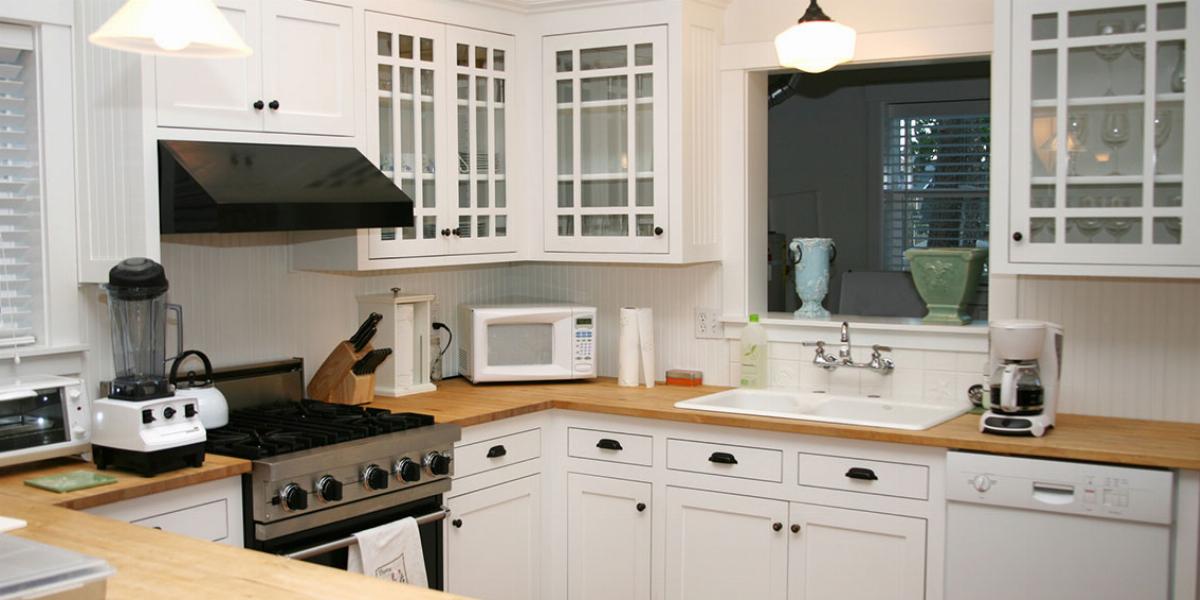

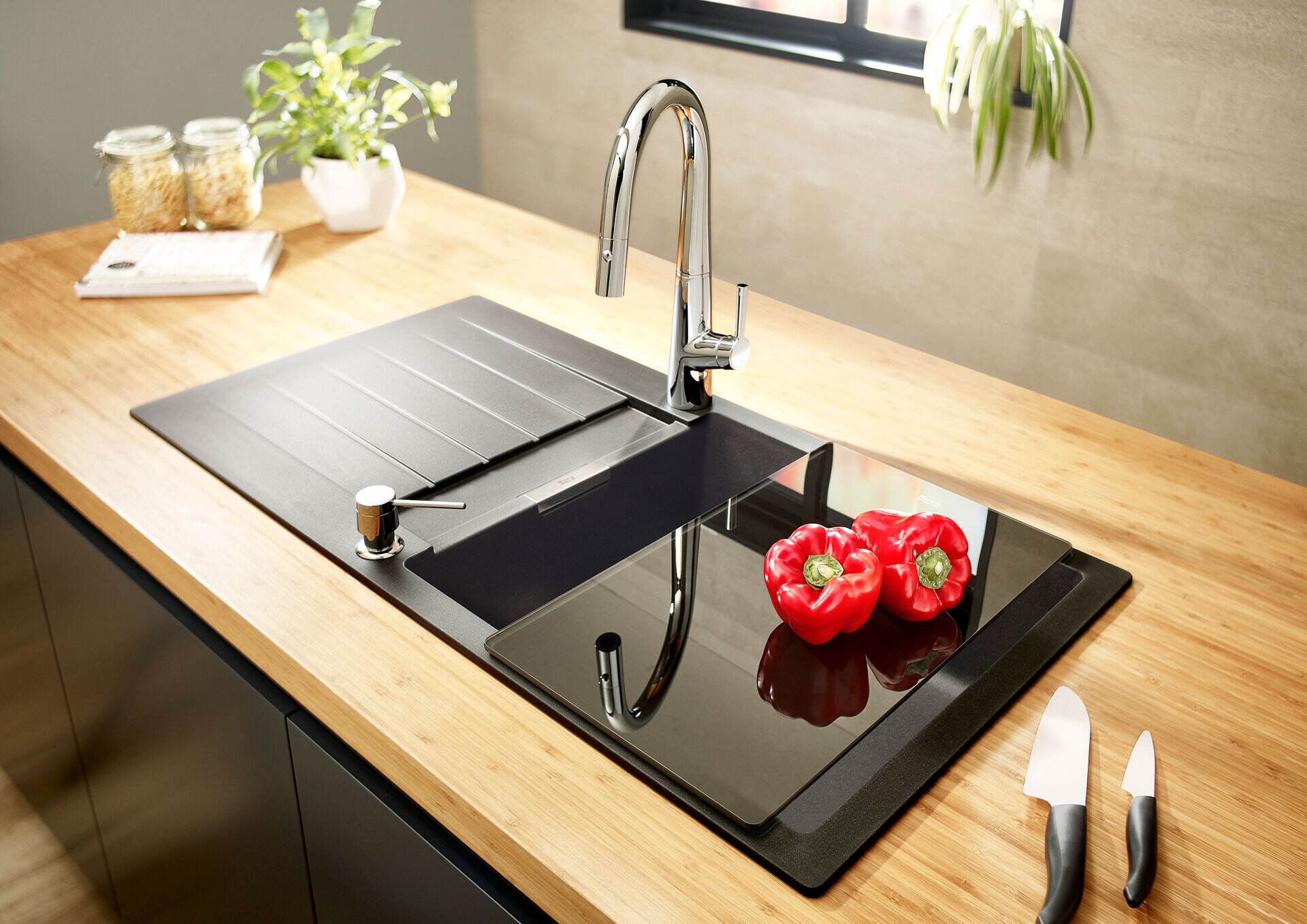
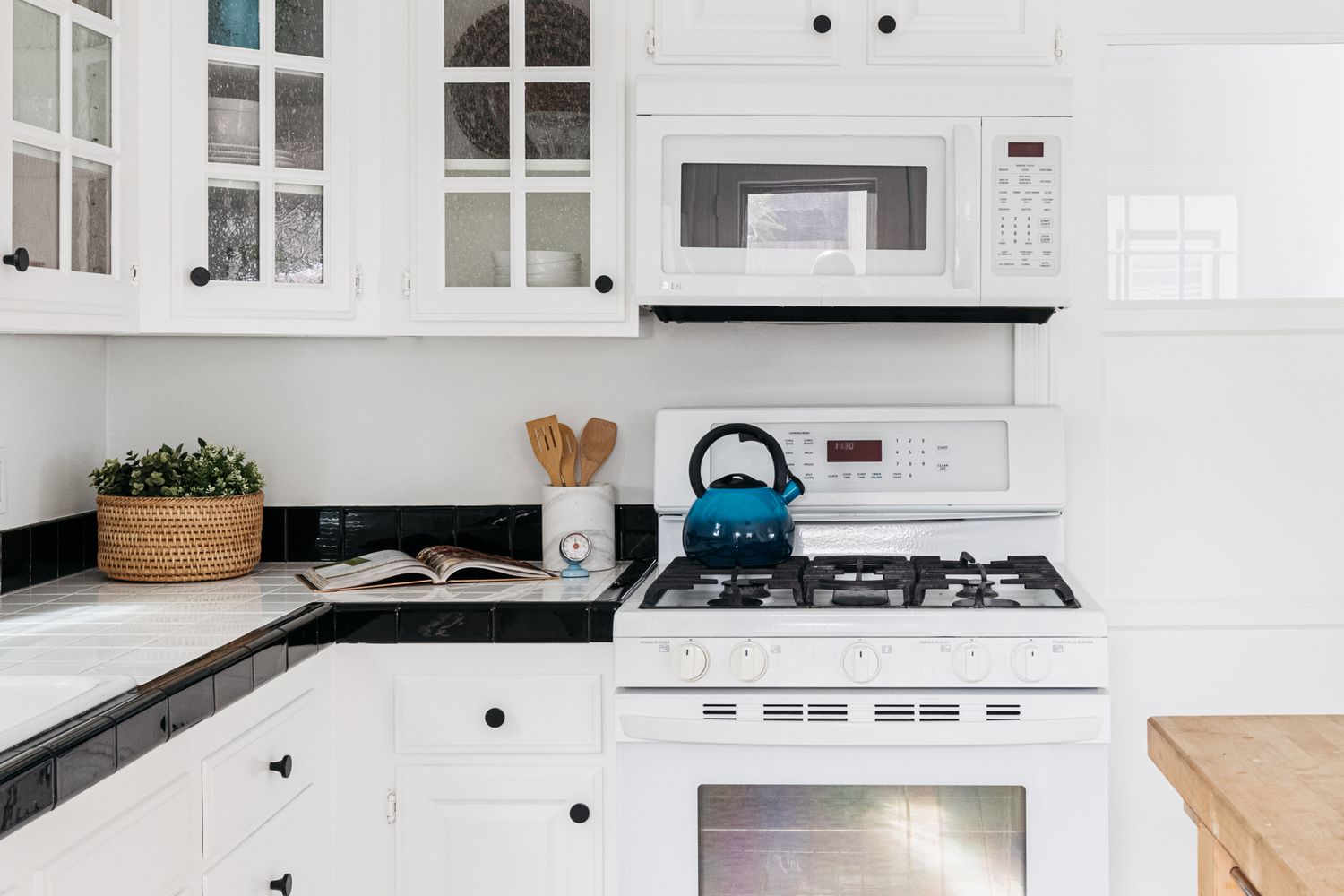
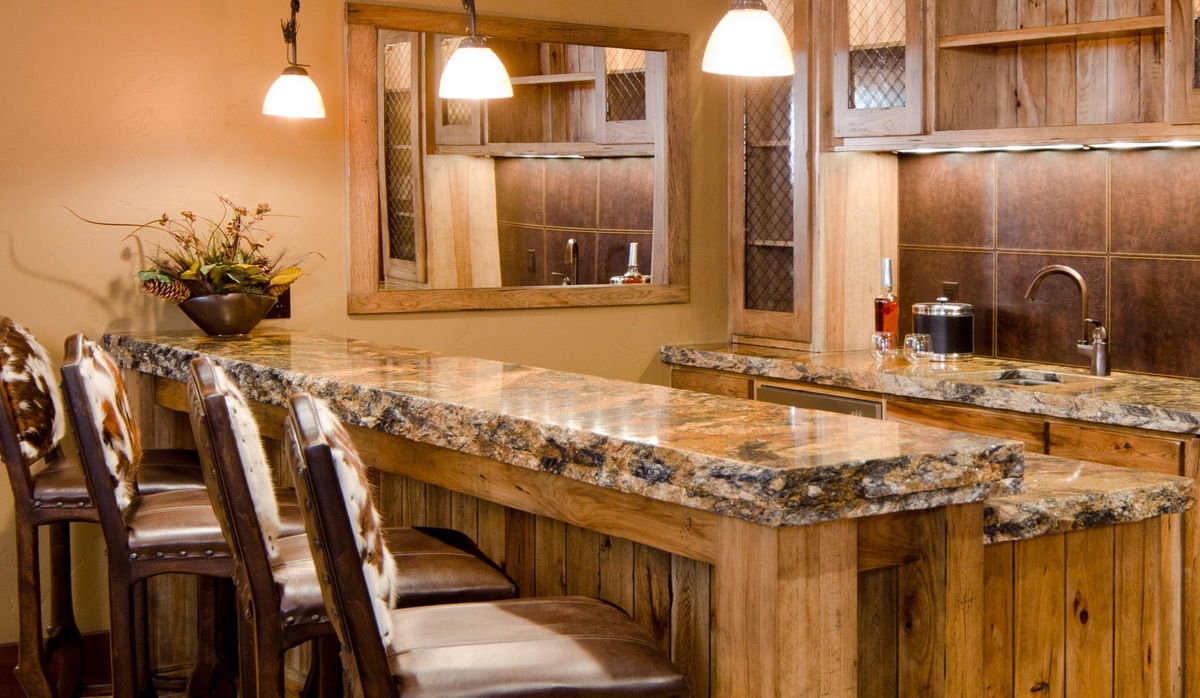
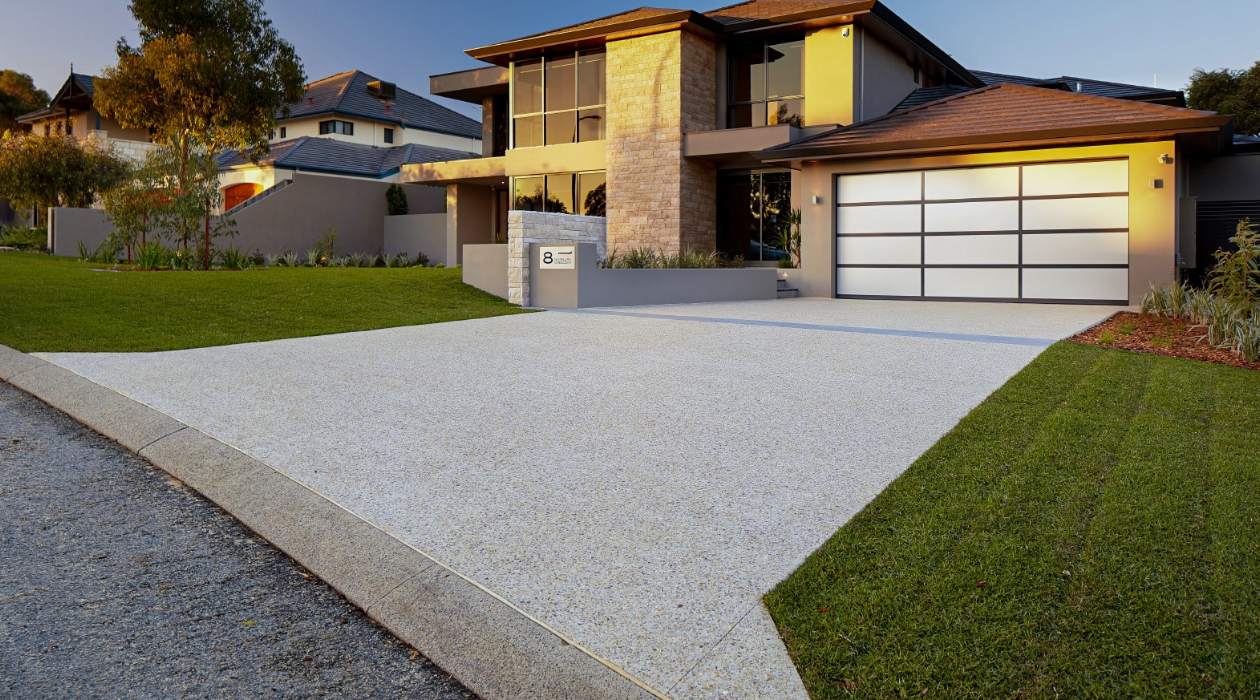
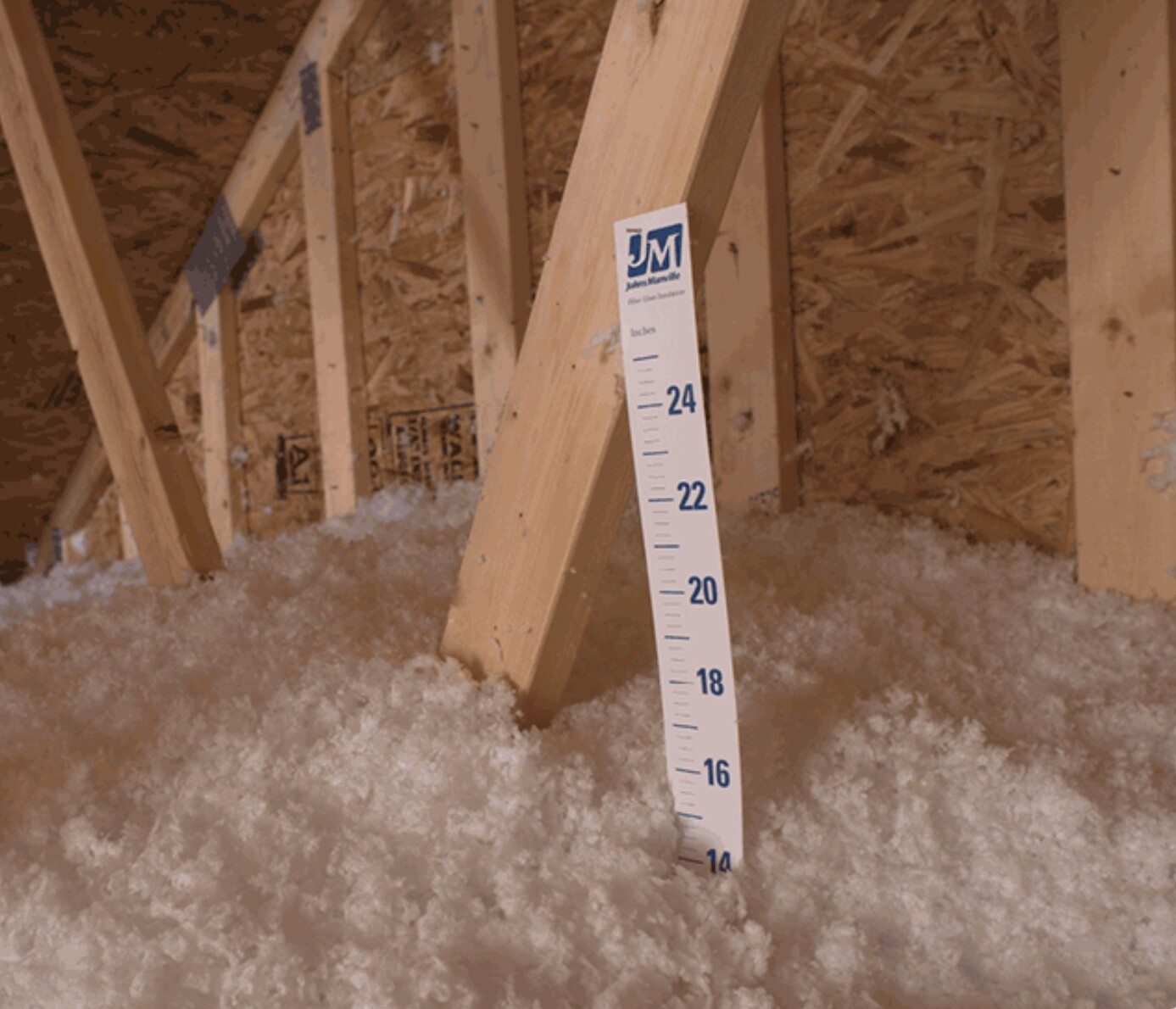
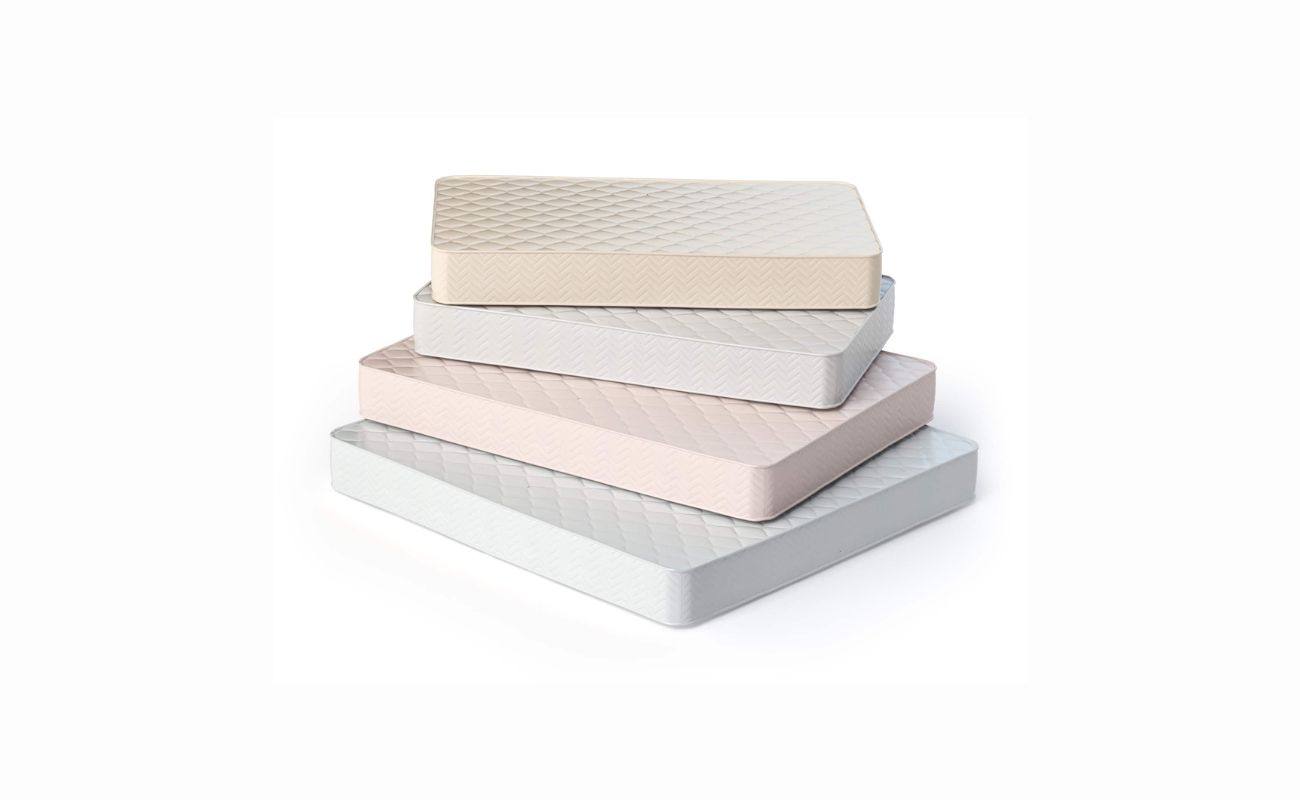
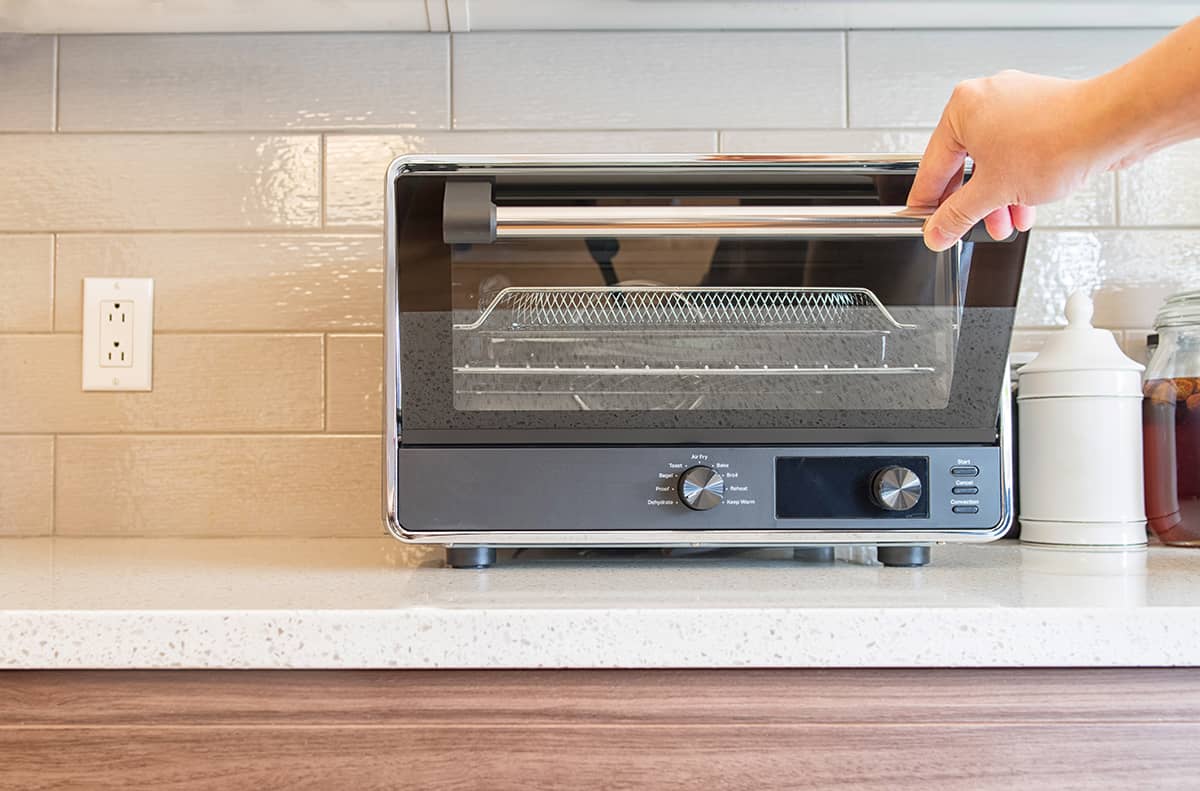
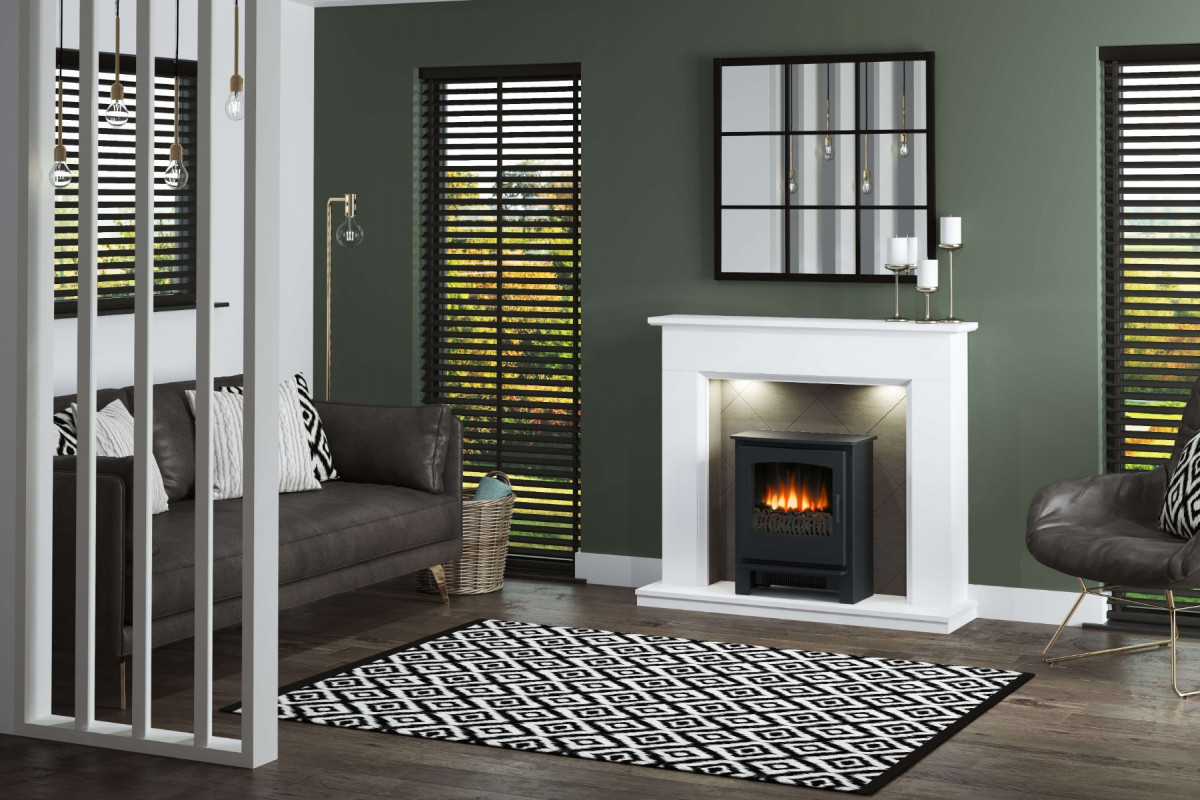
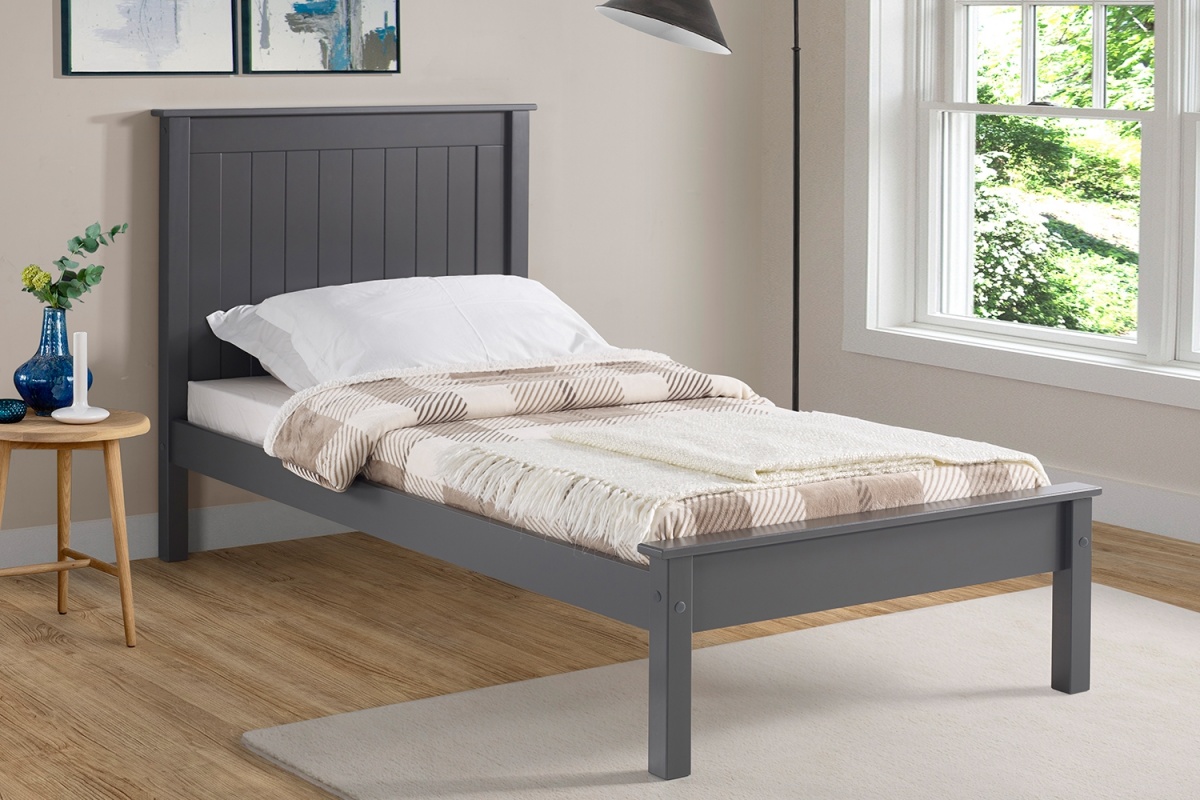
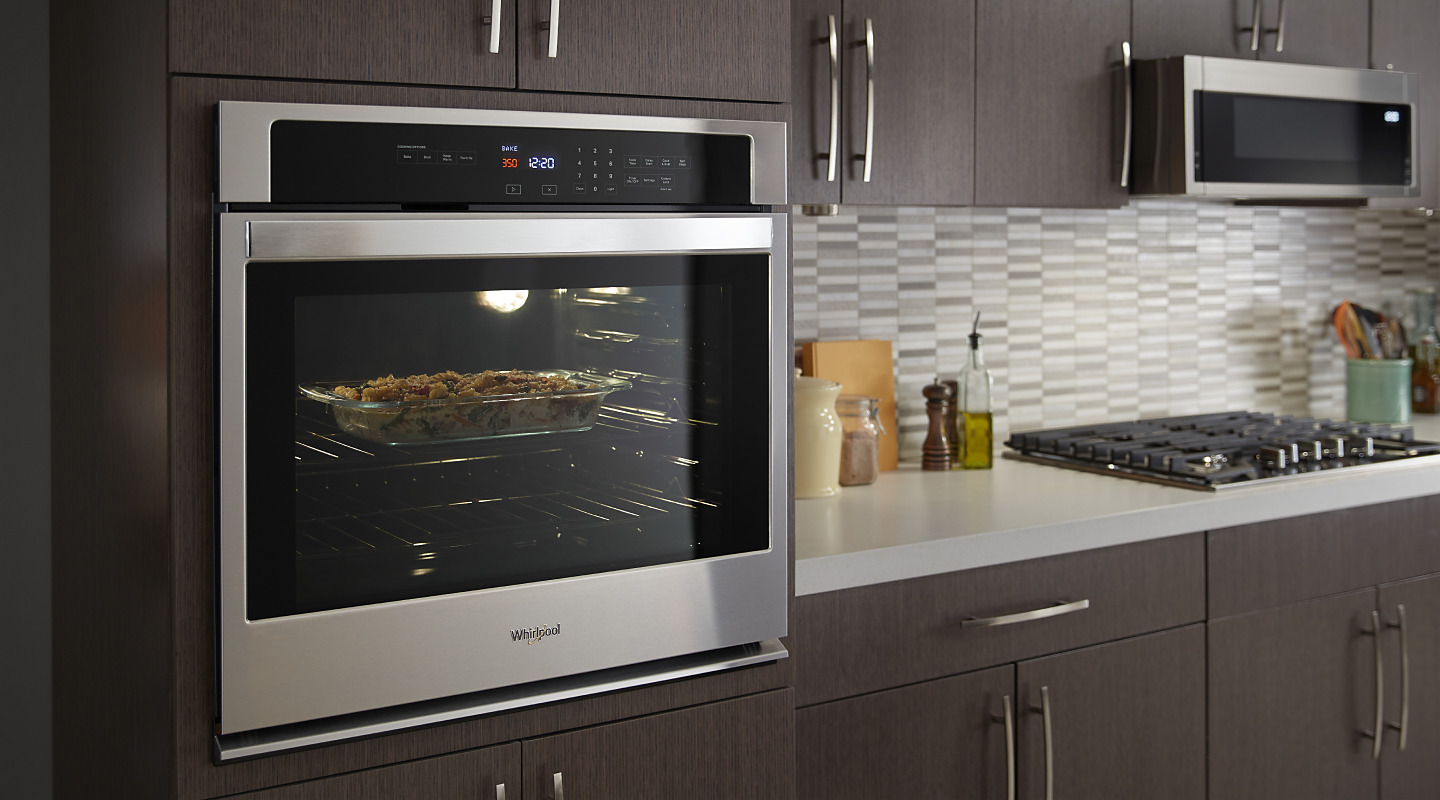


0 thoughts on “How Wide Are Kitchen Countertops”